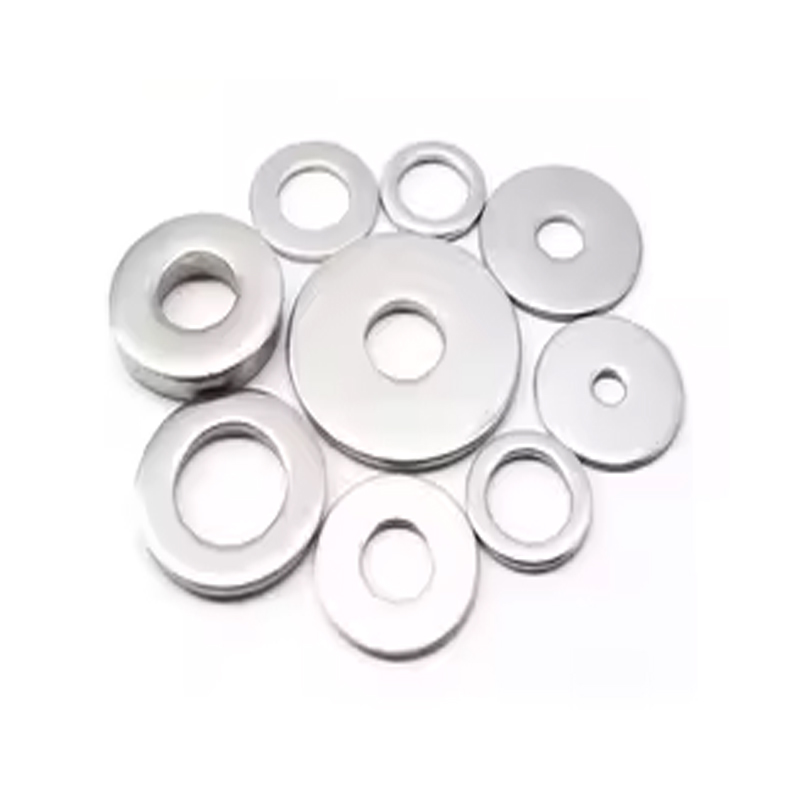gasket rings
Understanding Gasket Rings Essential Components for Sealing Applications
Gasket rings are vital components in various industries, serving as critical seals that prevent leakage between different parts of machinery and equipment. Often made from materials like rubber, silicone, or metal, these rings play an essential role in ensuring the efficiency and safety of mechanical systems.
A gasket ring works by filling the space between two or more surfaces, creating a barrier that prevents fluids or gases from escaping. This is especially crucial in applications such as automotive engines, piping systems, and HVAC units, where maintaining pressure is essential. The effectiveness of a gasket ring depends largely on its material properties, thickness, and design, which must be tailored to withstand specific environmental conditions, temperatures, and pressures.
One of the most common uses of gasket rings is in the automotive industry. In engines, these rings are employed to seal various components, such as cylinder heads, oil pans, and exhaust systems. By ensuring a tight seal, gasket rings help maintain engine performance and reduce emissions. Materials like cork, rubber, and composite materials are prevalent in this context, allowing for flexibility and durability even under extreme conditions.
gasket rings

In industrial applications, gasket rings are used in pipelines, tanks, and reactors where fluids need to be contained
. For example, in the chemical processing industry, gaskets must resist aggressive substances while maintaining seal integrity. This has led to the development of specialized materials like PTFE (polytetrafluoroethylene) and graphite, which can endure harsh chemicals and high temperatures, ensuring safe operation.Installation and maintenance of gasket rings are also critical aspects that cannot be overlooked. Proper alignment and torque settings during installation are essential to prevent leaks. Additionally, regular inspections should be conducted to identify signs of wear or degradation, such as cracking or hardening, which can compromise seal effectiveness. Replacing gasket rings at the first sign of failure can prevent costly downtime and damage to equipment.
Innovations in gasket technology continue to evolve. New materials and designs are being developed to meet the demands of modern applications, including improved resistance to chemicals, higher temperature tolerances, and enhanced mechanical properties. Advances in digital modeling and simulation are also aiding in the design of more efficient and reliable gasket rings.
In conclusion, gasket rings are indispensable components that contribute to the functionality and safety of various mechanical systems. Their ability to prevent leaks makes them crucial in a multitude of industries, ranging from automotive to chemical processing. As technology advances, the performance and reliability of gasket rings will undoubtedly continue to improve, ensuring that they remain a fundamental aspect of engineering and manufacturing processes. Whether in a vehicle or an industrial plant, understanding and properly managing gasket rings can lead to significant operational efficiencies and safety enhancements.
-
Simplifying Oil Changes: A Comprehensive Guide to Oil Drain Plugs and Their Variants
News Aug.04,2025
-
Mastering Oil Drain Maintenance: Solutions for Stripped, Worn, and Upgraded Oil Plugs
News Aug.04,2025
-
Fixing Oil Pan Plug Issues: Leaks, Stripped Nuts, and the Right Replacement Solutions
News Aug.04,2025
-
Everything You Need to Know About Oil Drain Plugs: Sizes, Fixes, and Upgrades
News Aug.04,2025
-
Choosing the Right Oil Drain Plug: A Guide to Sizes, Materials, and Drain Innovations
News Aug.04,2025
-
A Complete Guide to Automotive Drain Plugs: Types, Problems, and Innovative Solutions
News Aug.04,2025
-
The Ultimate Guide to Car Repair Kits: Tools and Essentials Every Driver Should Own
News Aug.01,2025
Products categories















